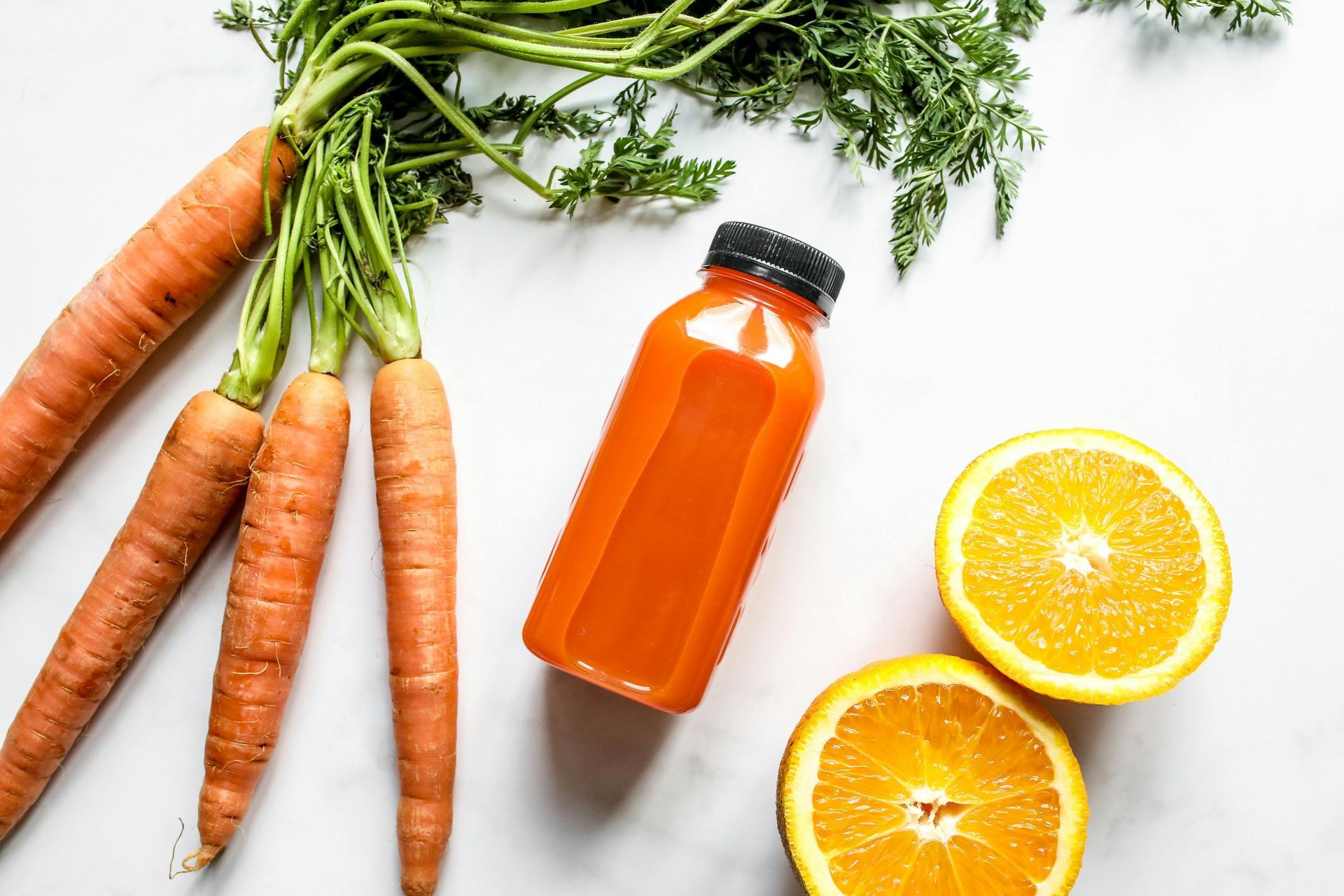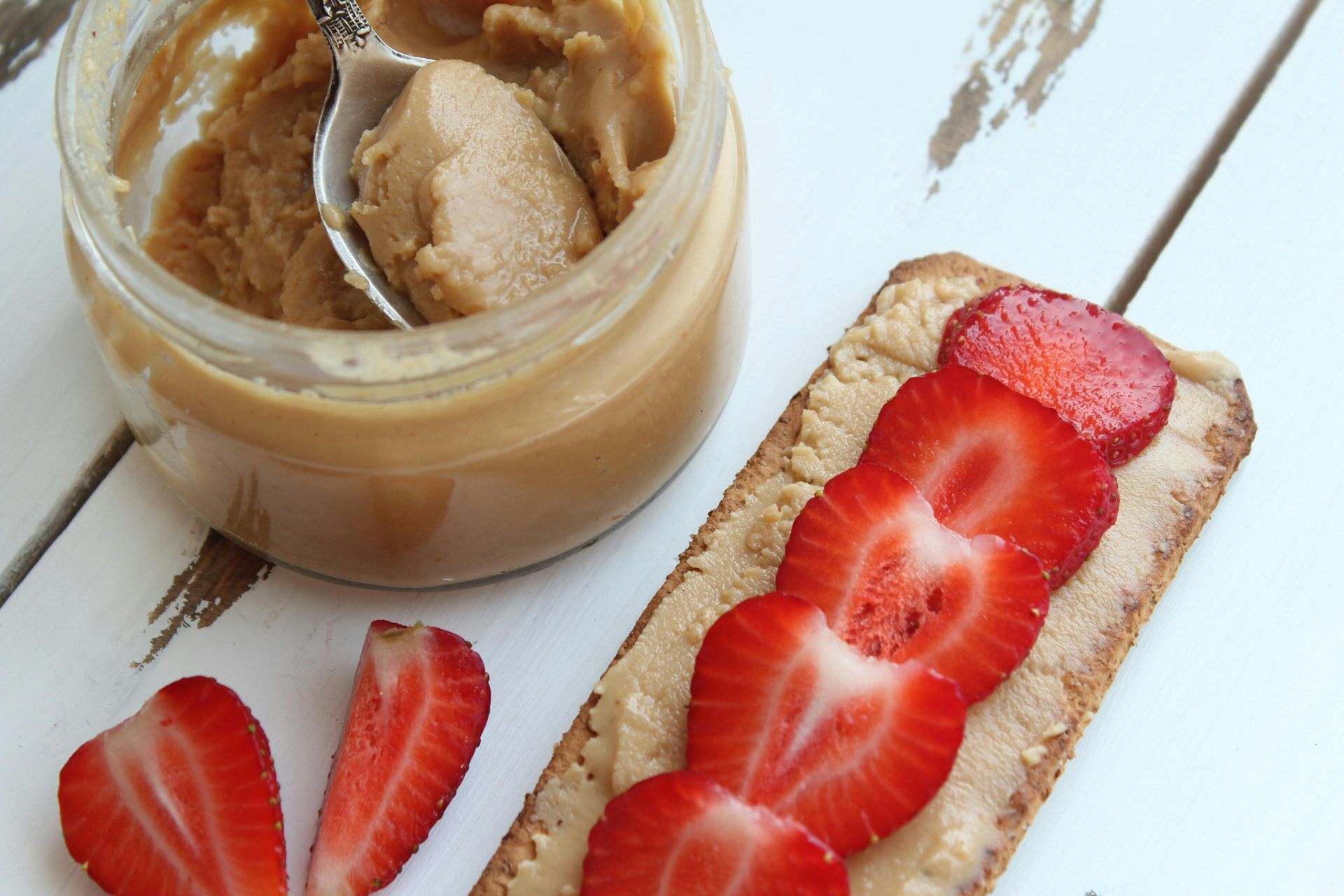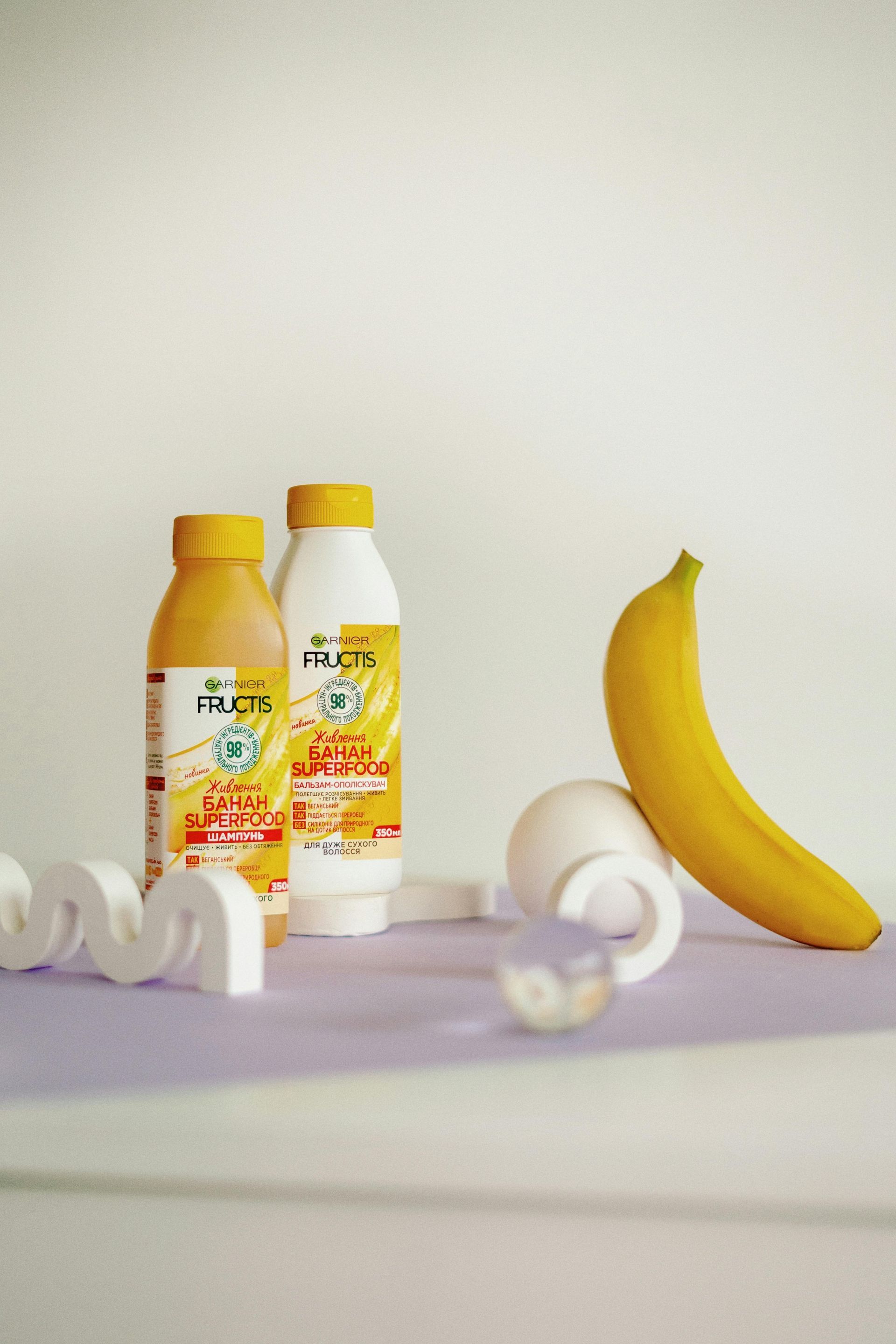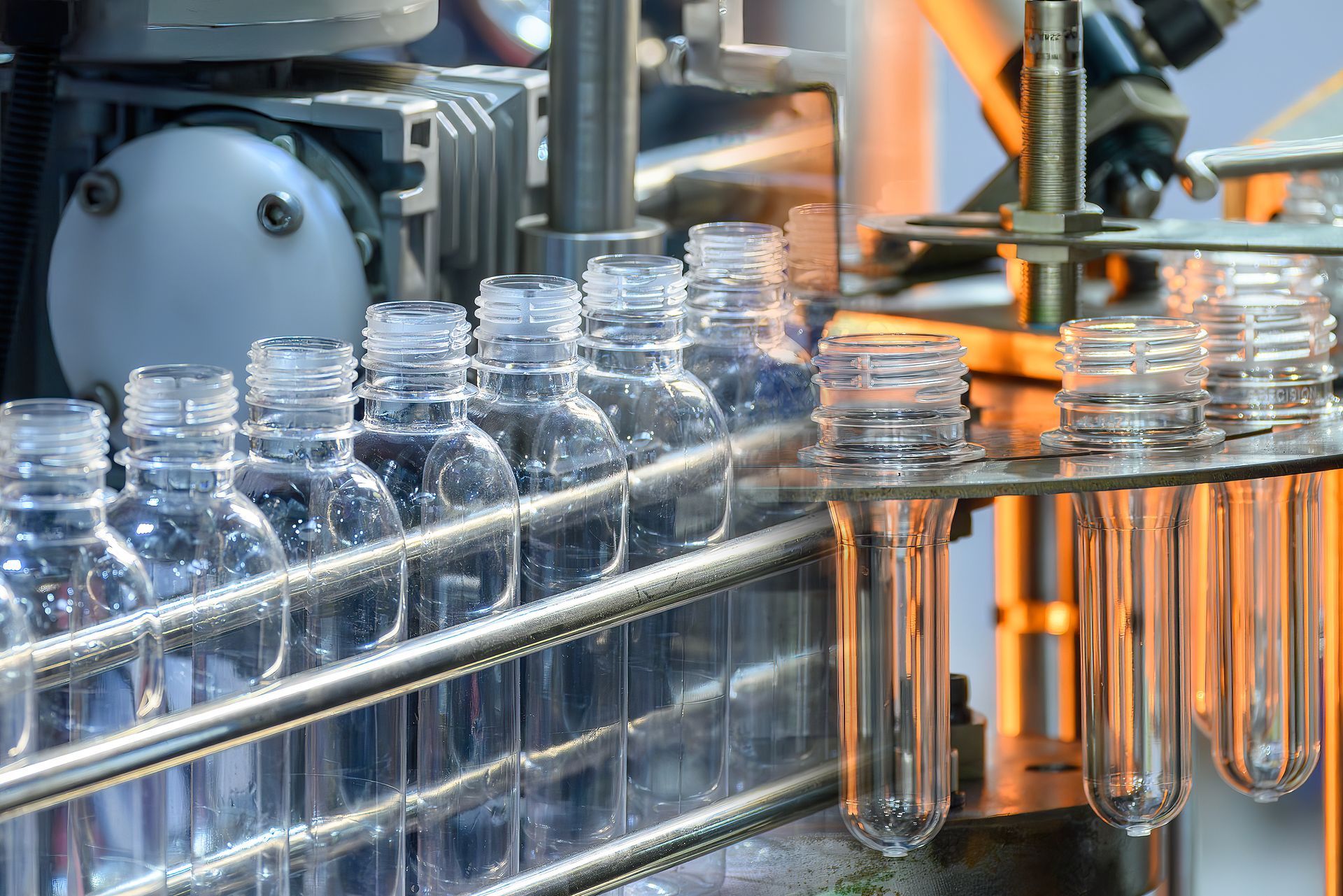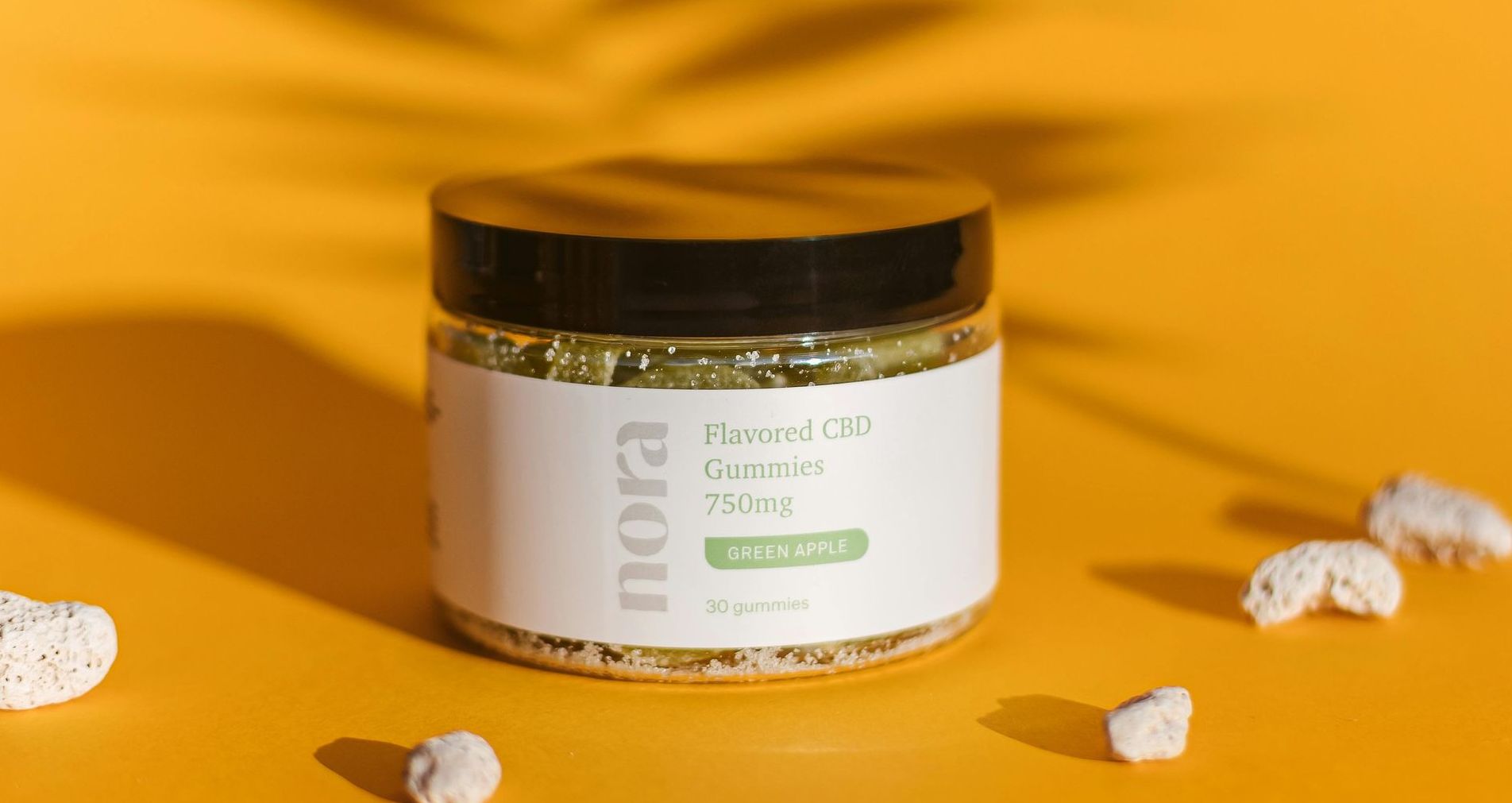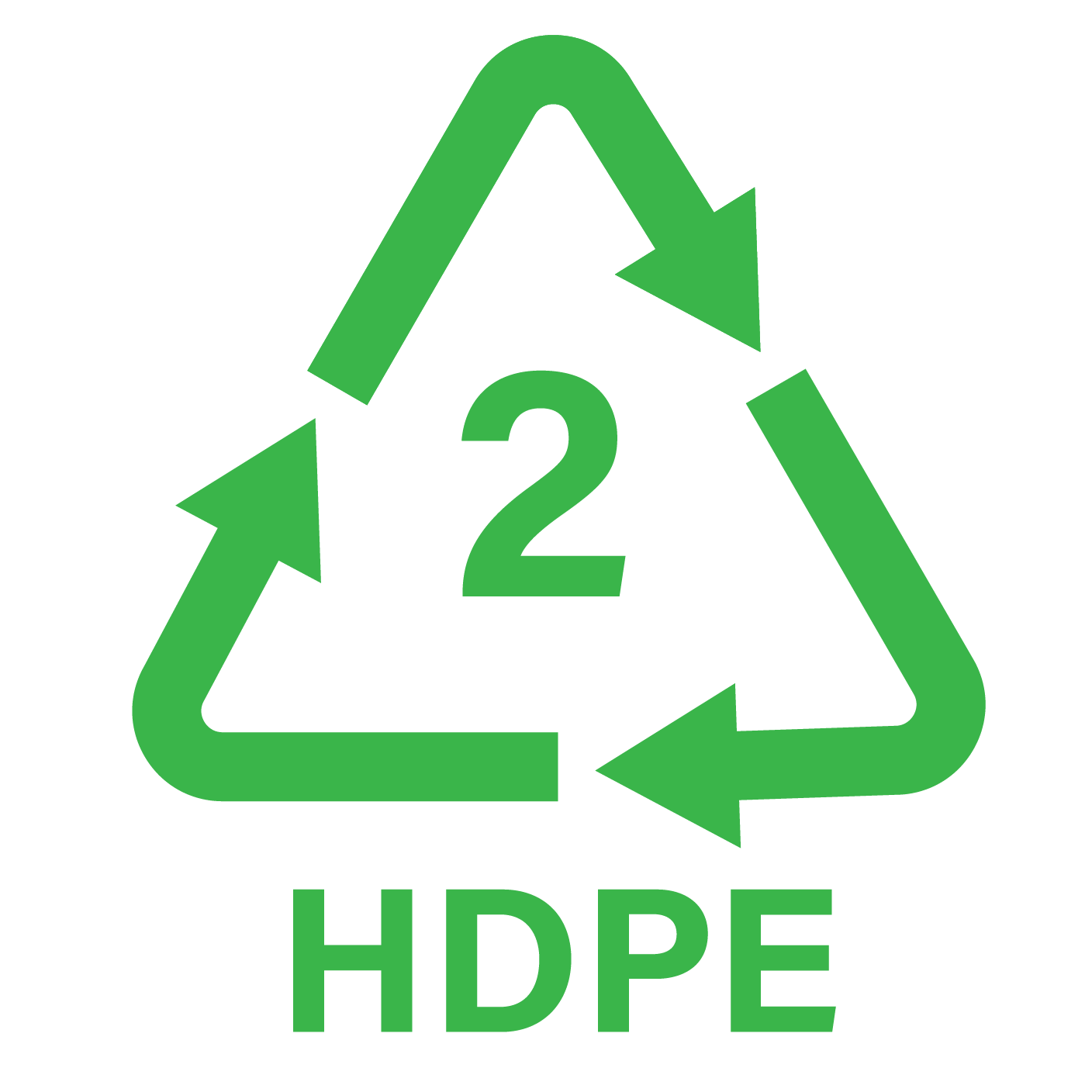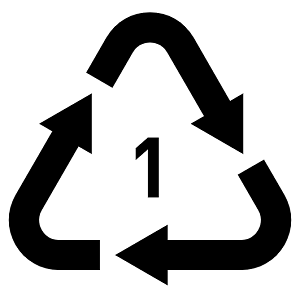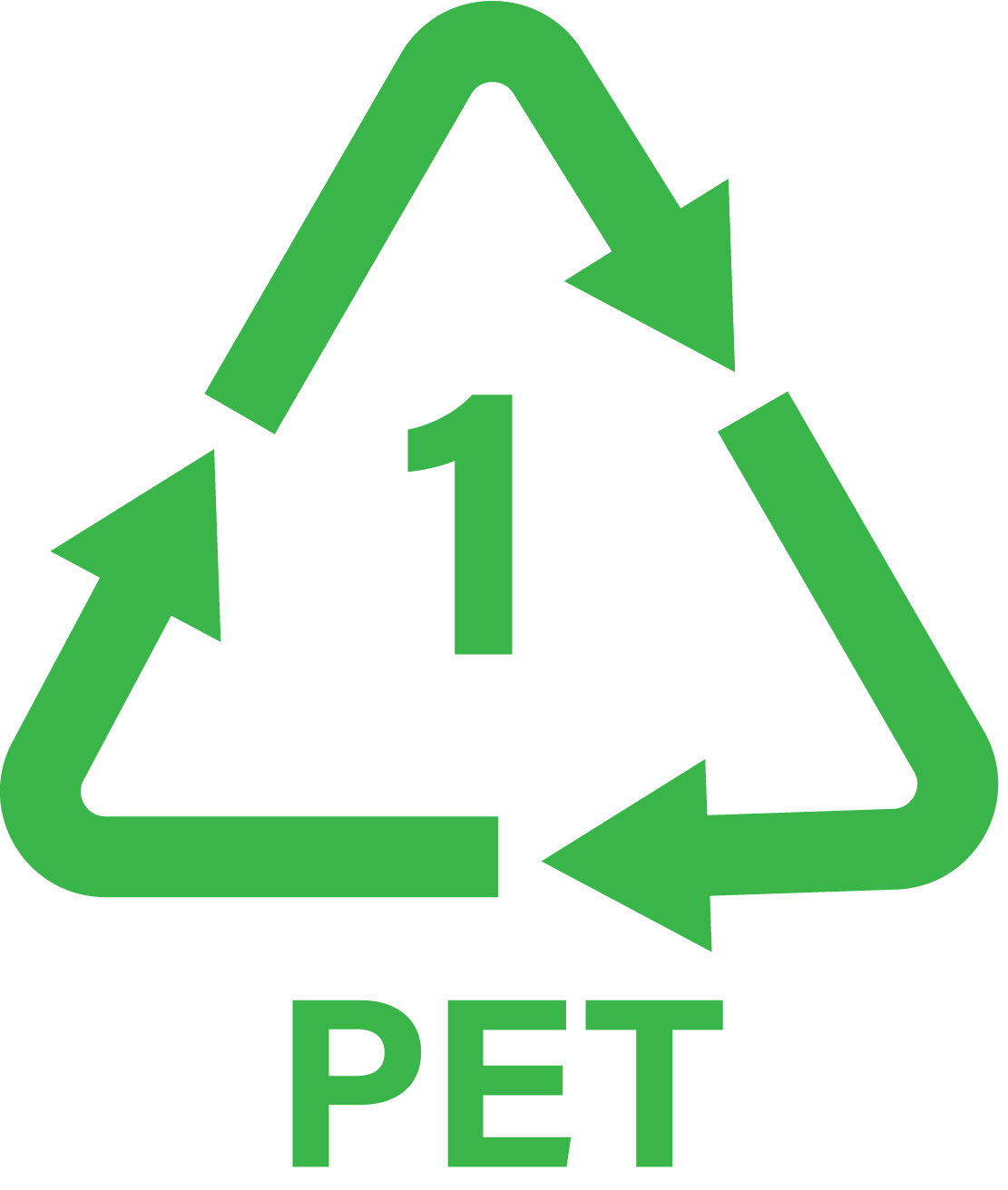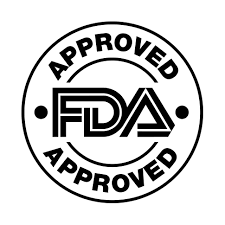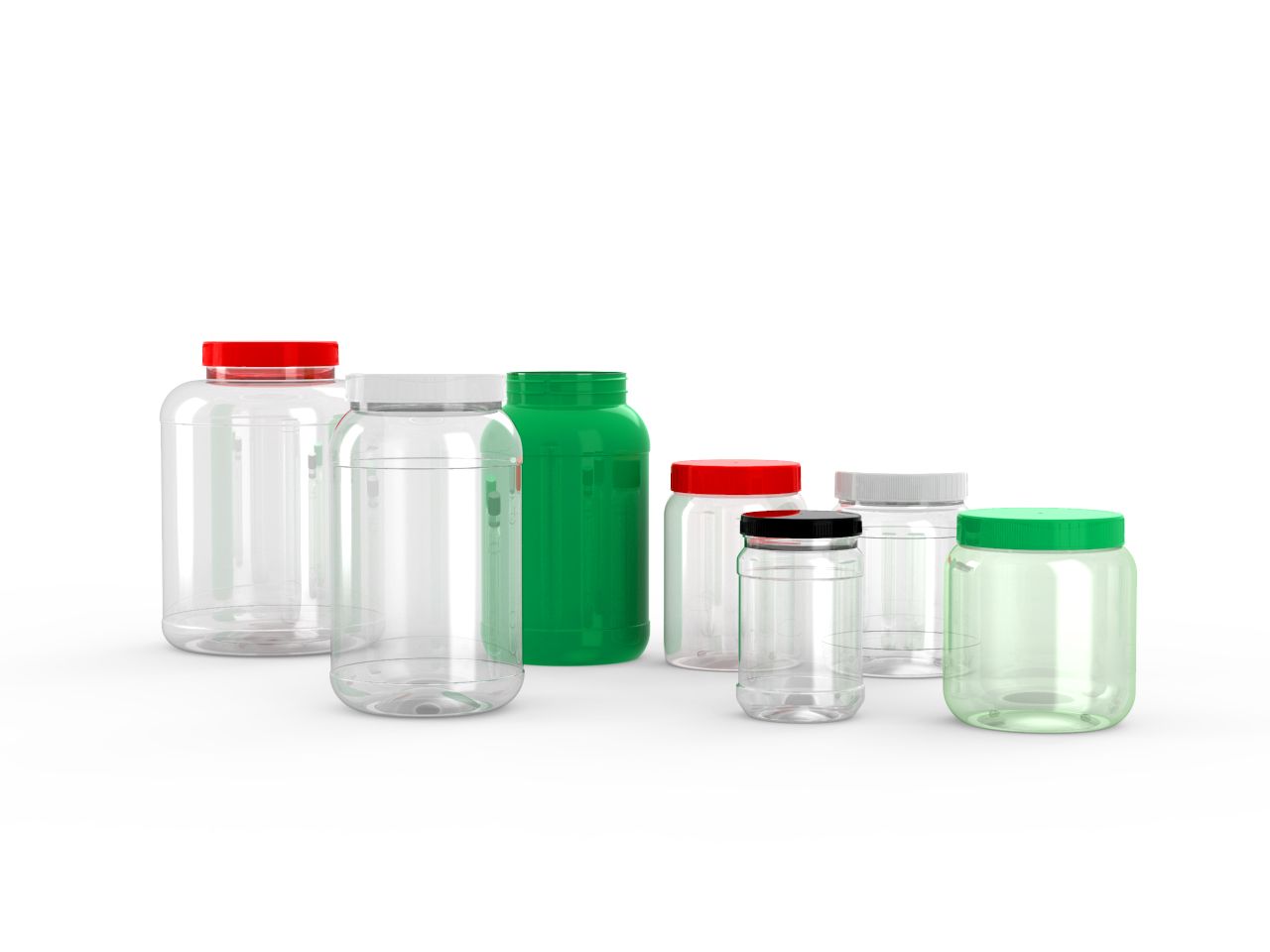Hot-Filling vs. Cold-Filling in Food and Beverage Production
Which Method Is Best for Your Product?
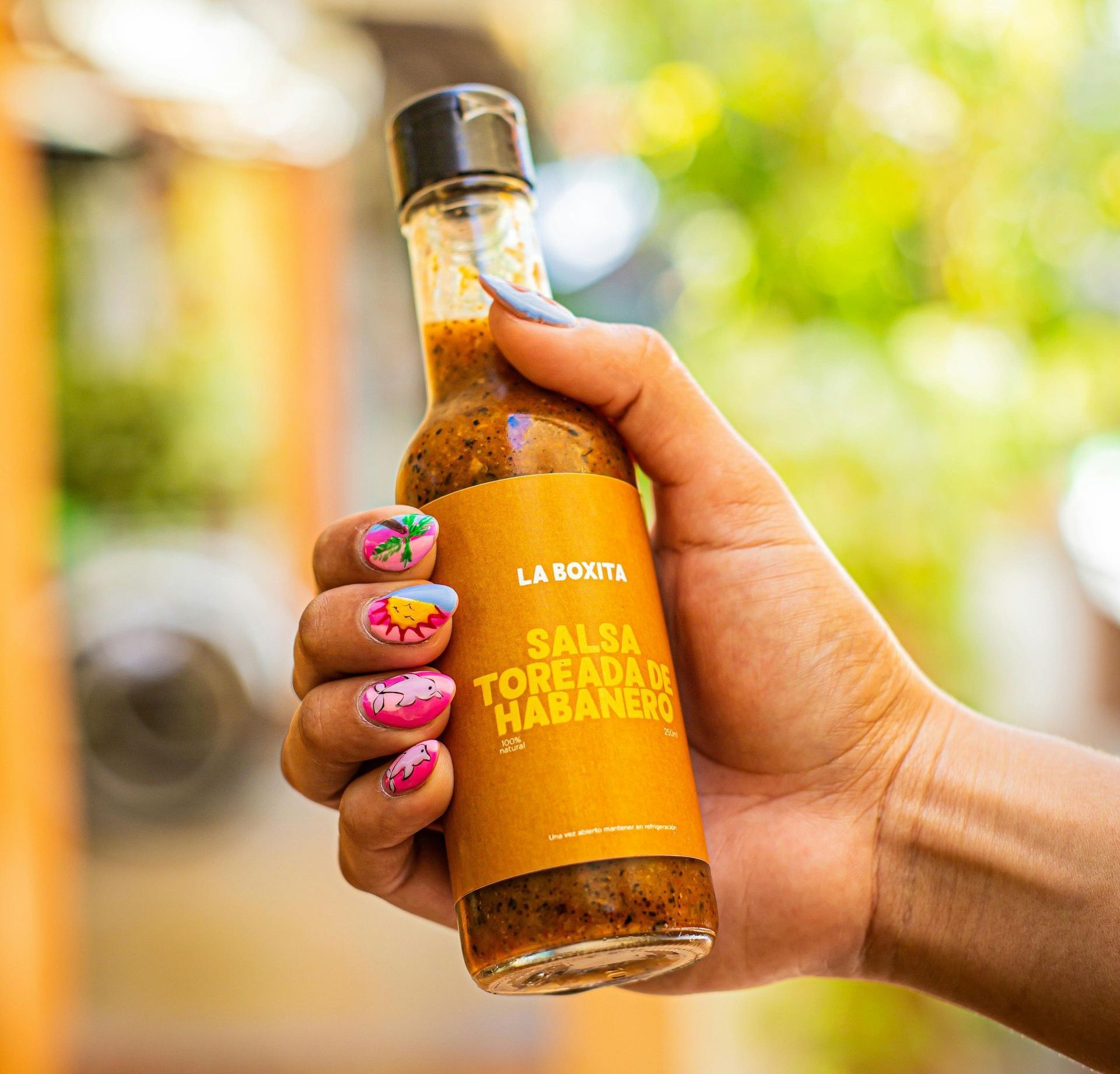
When choosing packaging for food and beverages, manufacturers have two main filling methods to choose from: hot-filling and cold-filling. Each technique has its unique advantages, limitations, and ideal product applications. Choosing the right method can impact product shelf life, taste, safety, and packaging costs. In this article, we'll explore the key differences between hot-filling and cold-filling, and which method works best for specific types of products.
🔥 What is Hot-Filling?
Hot-filling involves heating the product to a high temperature (typically 180°F to 195°F or 82°C to 90°C) before it is filled into its packaging. After filling, the container is sealed immediately, and the residual heat sterilizes both the product and the container, ensuring an extended shelf life.
How it Works
- Heating – The product is heated to kill bacteria, yeasts, and molds.
- Filling – While still hot, the product is poured into sterilized containers.
- Sealing – The container is sealed to prevent contamination.
- Cooling – Containers are rapidly cooled to avoid product degradation.
Advantages of Hot-Filling
- Extended Shelf Life: No need for preservatives or refrigeration, as the heat sterilizes the product and container.
- Reduced Need for Chemical Preservatives: Heat treatment acts as a natural preservation method.
- Ideal for High-Acid Products: Acidic products like juices and sauces naturally inhibit bacterial growth, making hot-filling a safe option.
Disadvantages of Hot-Filling
- Packaging Limitations: Hot liquids can warp or deform certain plastic containers (like PET) unless the packaging is heat-resistant.
- Taste and Nutrient Loss: Prolonged exposure to high heat can degrade delicate flavors, aromas, and nutrients.
- Energy-Intensive: The heating and cooling processes consume more energy.
Best Products for Hot-Filling
- Fruit juices, nectars, and smoothies
- Acidic sauces (like pasta sauce, ketchup, and salsa)
- Sports and energy drinks
- Teas and ready-to-drink (RTD) beverages
- Jams, jellies, and fruit preserves
Hot-filling works best for products with high acidity (pH below 4.6), as the natural acidity, combined with heat, creates a hostile environment for microbial growth.
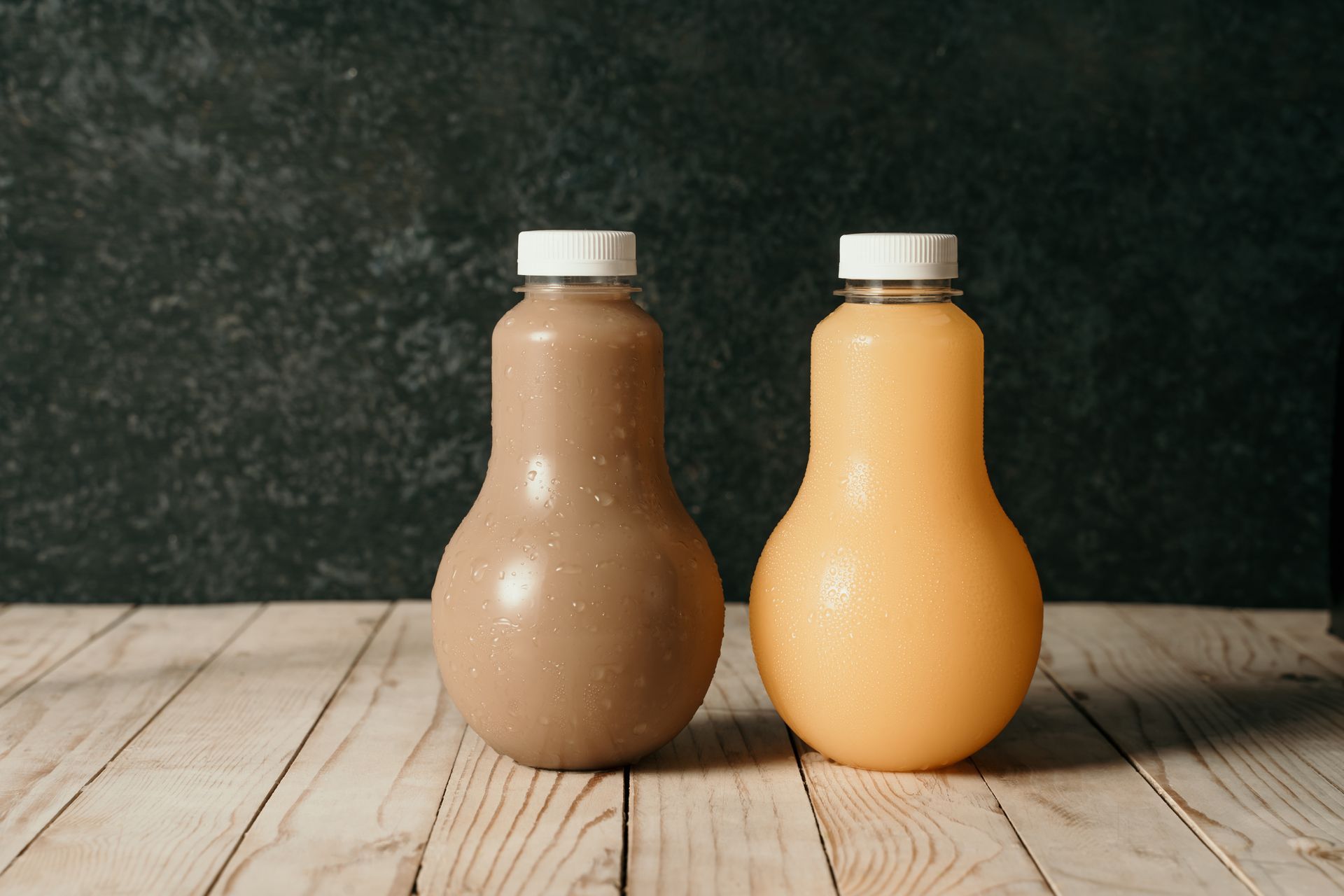
❄️ What is Cold-Filling?
Cold-filling involves filling the product at or below room temperature, often after it has been pasteurized or sterilized through a separate process. The packaging, however, must also be sterilized separately before the filling process begins. Unlike hot-filling, there is no use of residual heat to sterilize the container.
How it Works
- Sterilization – The product and container are sterilized separately using chemicals, heat, or UV light.
- Filling – The product is filled into the container at a cold or ambient temperature.
- Sealing – The container is sealed in a sterile environment to prevent contamination.
Advantages of Cold-Filling
- Preserves Taste, Texture, and Nutrients: Since the product isn’t exposed to high heat, its flavor, texture, and nutrients remain intact.
- Wider Variety of Packaging Materials: Cold-filling works with a broader range of materials, including thin PET plastics.
- Energy Efficiency: No need for energy-intensive heating and cooling.
Disadvantages of Cold-Filling
- Shorter Shelf Life: Without the heat sterilization of the container, shelf life is reduced unless preservatives or refrigeration are used.
- Sterilization Challenges: Extra measures are required to maintain a sterile filling environment.
- Higher Risk of Contamination: The product and container must be filled and sealed in a completely sterile environment, requiring advanced equipment and cleanroom standards.
Best Products for Cold-Filling
- Dairy products (like milk and yogurt)
- Bottled water and carbonated soft drinks
- Low-acid beverages (like iced coffee and tea)
- Alcoholic beverages (like beer, wine, and spirits)
- Ready-to-drink protein shakes and nutraceutical drinks
Cold-filling works best for low-acid or non-acidic products that cannot withstand high heat without significant changes to taste, texture, or nutritional value. Since these products are more susceptible to microbial growth, they often require preservatives or refrigeration.
🥤
Key Differences Between Hot-Filling and Cold-Filling
| Criteria | Hot-Filling | Cold-Filling |
|---|---|---|
| Filling Temperature | 180°F – 195°F (82°C – 90°C) | Room temperature (ambient) or lower |
| Sterilization | Product + container (via heat) | Product + container (separately) |
| Shelf Life | Longer (no refrigeration needed) | Shorter (may require preservatives) |
| Packaging | Requires heat-resistant containers | Can use standard PET plastic, cans, etc. |
| Impact on Flavor | Potential taste/nutrient loss | Retains natural flavor and nutrients |
| Energy Use | High (heating + cooling required) | Lower (no heating required) |
| Best For | High-acid products (juices, sauces) | Low-acid and heat-sensitive products |
| Examples | Juices, sauces, jams | Dairy, bottled water, protein shakes |
🥫 Which Method Should You Choose for Your Product?
The decision between hot-filling and cold-filling depends on the product's pH level, packaging material, shelf-life requirements, and sensitivity to heat.
Choose Hot-Filling If:
- Your product is a high-acid liquid (like juice, sauces, or RTD tea)
- You want a long shelf life without the use of preservatives
- Your packaging can withstand high heat (like glass, aluminum, or heat-resistant PET)
Choose Cold-Filling If:
- Your product is heat-sensitive (like dairy, protein shakes, or carbonated beverages)
- You prioritize taste, texture, and nutrient preservation
- Your packaging is standard PET plastic or you want a more energy-efficient process
🏷️ Conclusion: Which Method is Best?
The best filling method depends on your product type, production needs, and budget. Hot-filling is ideal for high-acid, shelf-stable products like fruit juices, teas, and sauces, while cold-filling works better for delicate, low-acid products like dairy, soft drinks, and water.
If you’re focused on long shelf life and minimal preservatives, hot-filling is your best bet. But if taste, texture, and energy efficiency are your top priorities, cold-filling is the way to go. Modern production lines often incorporate both techniques, with hot-filling used for some products and cold-filling for others.
Whether you’re launching a new beverage line or looking to optimize your existing production process, understanding the nuances of hot-filling and cold-filling will ensure your product is safe, flavorful, and cost-effective.
Need help determining which method is best for your product? Contact us today!

